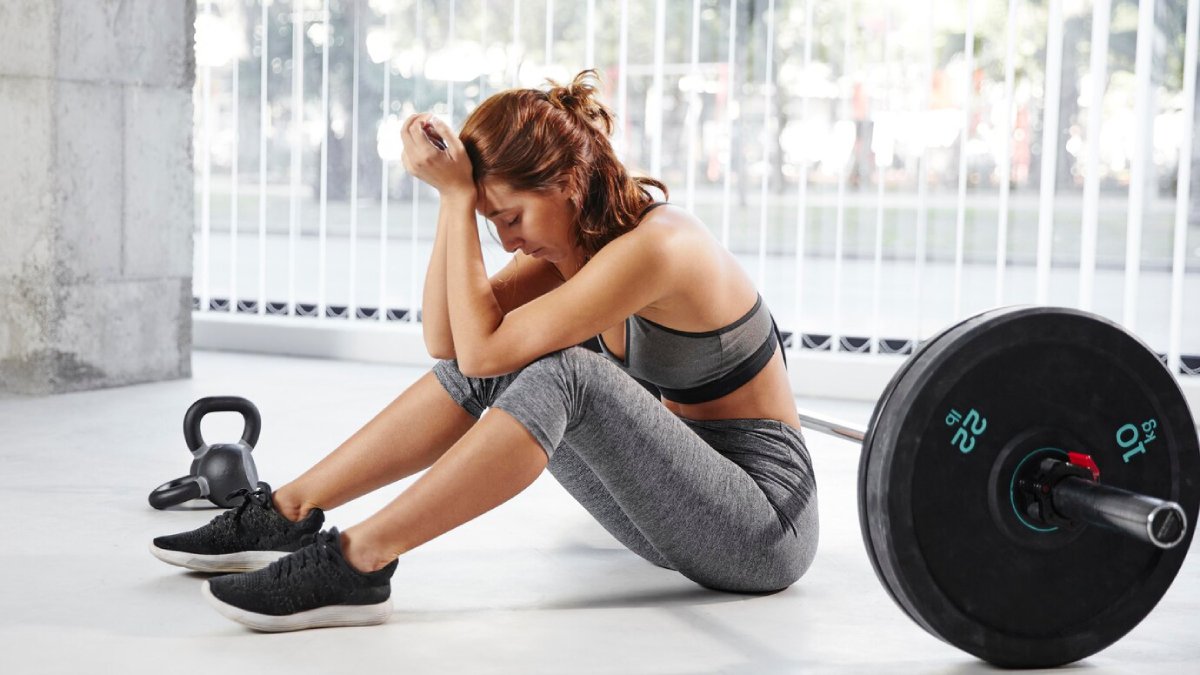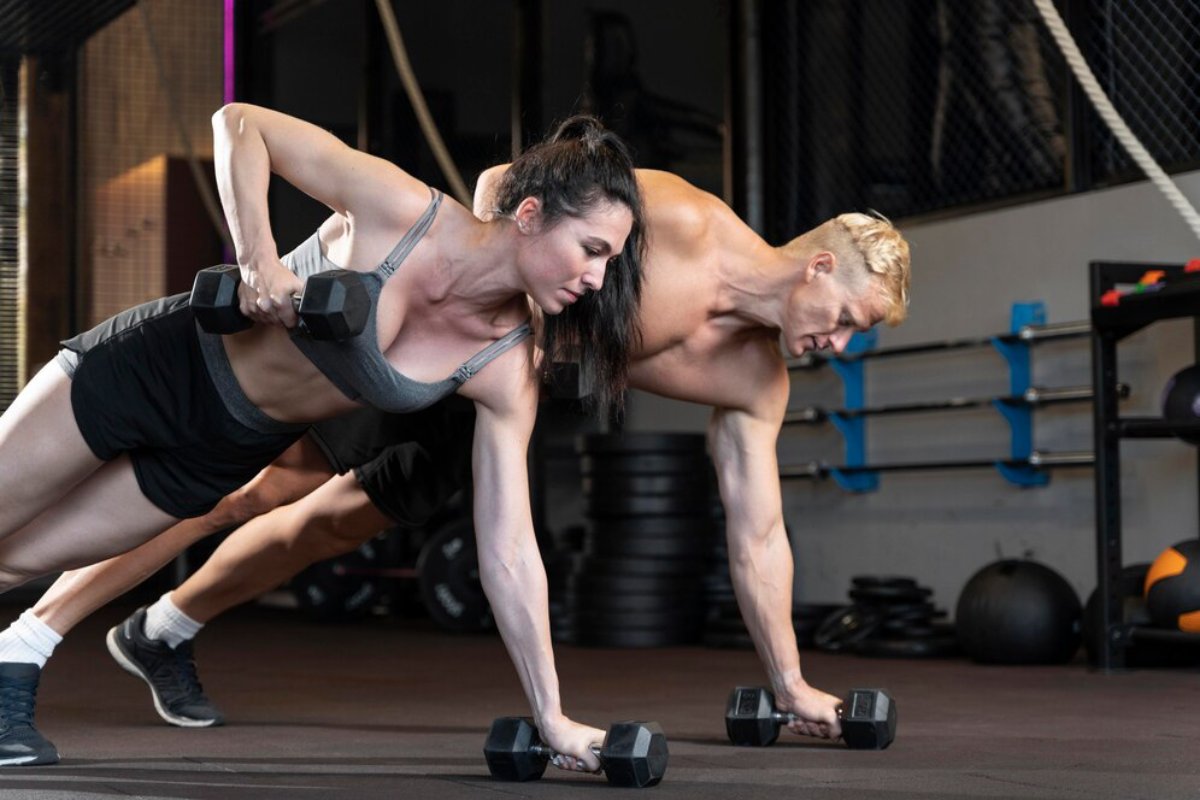
How to Prevent Common Lifting Injuries
There are benefits to strength training. It tones the muscles, strengthens the heart, and improves general fitness. However , lifting incorrectly can be a recipe for injury. These injuries can slow progress and cause lasting damage. Injury prevention is essential regardless of expertise level.
The guide provides nuances of injury prevention, proper form, and safety tips for lifting safely and effectively.
The Importance of Injury Prevention in Strength Training
Why Injury Prevention Matters
Avoiding injuries helps you make consistent progress and achieve long-term fitness goals. Lifting injuries can lead to prolonged recovery times and even permanent damage. By focusing on prevention, lifters can enjoy a healthier training journey.
Real-Life Applications and Data-Backed Insights
Research shows the importance of injury prevention. A study from the Journal of Strength and Conditioning Research found that proper form training leads to fewer injuries. The National Health Service (NHS) states that strength training boosts bone density, improves joint function, and lowers chronic disease risk.
Quick Guide to Prevent Lifting Injuries

Step 1: Mastering Proper Form
Understanding the Basics
Proper form is key to preventing injuries. Each exercise must correctly engage the correct muscles and reduce joint stress. Common tips include:
- Keep a neutral spine to protect your lower back.
- Move smoothly and avoid jerky motions.
- Engage your core during every lift.
Common Exercises and Their Proper Form
Squats
- Stand with feet shoulder-width apart.
- Keep your chest up and core tight.
- Lower until your thighs parallel the floor, aligning knees with toes.
- Don’t let your knees cave inward or go past your toes.
Deadlifts
- Keep the barbell close to your body.
- Hinge at the hips, keeping a straight back.
- Lift using your glutes and legs, not your back.
Bench Press
- Grip the bar slightly wider than shoulder-width.
- Lower the bar to your chest in a controlled manner.
- Keep your feet on the ground for stability.
- Avoid flaring your elbows out too much.
Pro Tip: Record your lifts to review and improve your form.
Step 2: Incorporating Strength Training Safety Measures
Warm-Up and Cool-Down Routines
A good warm-up prepares muscles for heavy lifts and reduces injury risk. Recommended warm-up steps:
- Dynamic stretches: Arm circles, leg swings, spinal rotations.
- Light cardio: Jump rope, jog, or row for 5-10 minutes.
- Warm-up sets: Do light sets of your main lifts before increasing weight.
Cooling down is also key to preventing stiffness and aiding recovery. A cool-down should include:
- Static stretches for the muscles you worked.
- Foam rolling to relieve tight areas and boost circulation.
Progressive Overload and Rest
Progressive overload means safely increasing weight and intensity:
- Raise weight in small amounts (5-10% at a time).
- Allow enough recovery time between sessions.
- Listen to your body; pain means you may need to adjust your technique or take a break.
Pro Tip: Aim for 7-9 hours of sleep each night to improve recovery and lower injury risk.
Step 3: Utilizing Equipment and Accessories
The Role of Supportive Gear
Supportive gear helps stabilise your body and prevent injuries but can’t replace proper form. Common accessories include:
- Weightlifting belts: Provide back support during heavy lifts.
- Wrist wraps: Stabilize wrists during pressing movements.
- Knee sleeves: Support joints and reduce strain during squats.
Choosing the Right Equipment
Using the right equipment is crucial for your level:
- Beginners: Use resistance bands and adjustable weights.
- Intermediate lifters: Add barbells and kettlebells.
- Advanced lifters: Try speciality bars and advanced techniques.
Important Tip: Focus on building raw strength before leaning too much on equipment.
Additional Expert Tips & Common Mistakes to Avoid
Best Practices Beyond the Basics
- Listen to Your Body: Discomfort might mean poor form or too much strain. Don’t ignore these signs.
- Seek Professional Guidance: If you’re new to strength training, consider working with a certified trainer to ensure correct techniques.
Common Mistakes and Misconceptions
- Neglecting Core Strength: A strong core stabilises lifts. Include core exercises like planks and dead bugs.
- Overtraining: Lifting too often without rest increases injury risk.
- Skipping Mobility Work: Poor flexibility limits movement and leads to injuries.
Pro Tip: Include active recovery days with light stretching, mobility drills, or yoga.
Advanced Insights & Expert Recommendations
Unique Industry Perspectives
Periodization Training
Periodisation alternates workout intensity and volume to boost performance while reducing injury risk. This includes:
- Strength Phase: Heavy weights, low reps (3-5 reps per set).
- Hypertrophy Phase: Moderate weights, moderate reps (6-12 reps per set).
- Endurance Phase: Lighter weights, higher reps (15+ reps per set).
Functional Training
Adding functional movements that mimic daily activities boosts strength and lowers injury risks. Exercises like kettlebell swings and sledge push improve athletic performance and joint stability.
Lesser-Known Insights
Nutrition’s Role in Recovery
A balanced diet aids muscle repair and injury prevention:
- Protein: Vital for repair (aim for 1.2-2.2g per kg of body weight).
- Healthy Fats: Support joint health and hormone production.
- Hydration: Drink enough water daily to avoid dehydration and lower injury risk.
Mind-Muscle Connection
Focusing on the muscle you’re working on improves activation. This ensures efficient movement patterns and reduces injury chances.
Secret Tip: Whenever possible, perform compound lifts like squats and deadlifts barefoot or in minimalist shoes. This enhances foot stability, improves balance, and strengthens ankle mobility—leading to better lifts and reduced injury risk.
FAQs
1. How can I tell if my form is incorrect?
If you feel joint pain or discomfort, your form might need adjustment. Recording yourself or consulting a trainer can help.
2. How often should I take rest days?
Aim for at least 1-2 rest days each week, with active recovery to support muscle repair.
3. Is soreness a sign of a good workout?
Not necessarily. While soreness shows muscle microtears, it’s not the only sign of progress.
4. Can stretching prevent lifting injuries?
Yes, dynamic stretching before and static stretching after workouts can improve flexibility and reduce injury risk.
5. Should I lift heavy if I’m a beginner?
Start with lighter weights, focus on mastering your form, and gradually increase intensity.
Building Strength While Staying Injury-Free

Maintaining proper form, utilising safety precautions , and listening to your body can minimise your risk for muscle injury and help you build strength. Fitness is a long game; remember that. Take it slower and focus on injury prevention for long-lasting benefits.
Following these tips, you can lift smarter, train longer, and build strength while minimising injury risk.
Key Takeaways:
- Always warm up before lifting and cool down after.
- Do the exercise in perfect form before you start adding weight.
- Use the equipment smartly, and don’t depend on it too much.
- Including enough recovery to avoid over-use injuries.


